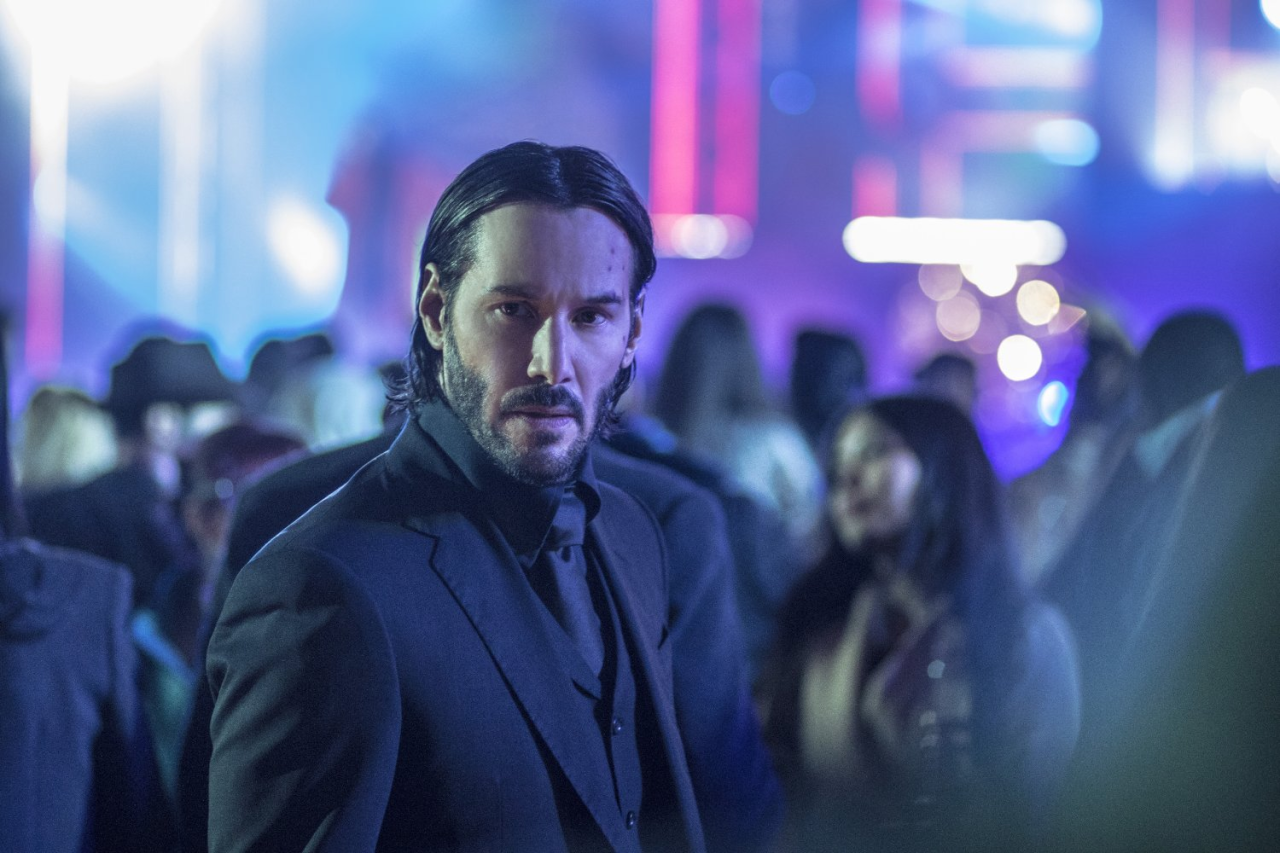Numerous World War Two-era films have thrived in years past, both among audiences and at the box office. However, recent World War II art mysteries, most notably The Monuments Men, a 2014 film starring and directed by George Clooney, garnered dismal critical reception.
As both a critic and moviegoer, I truly enjoyed The Monuments Men. Save for Cate Blanchett’s slightly forced French accent and a somewhat tonally-inconsistent screenplay, Clooney’s film was both entertaining and aesthetically accurate.
In April 2015, Woman In Gold, starring Helen Mirren, Ryan Reynolds, Daniel Brühl and Katie Holmes, was released to a 57 percent on Rotten Tomatoes. However, one might notice the 22 percent disparity between the film’s critics score and its 79 percent audience rating.
This difference exists primarily due to one reason: Woman In Gold, at least according to this critic, is by all means a great film.
Unabashedly emotional and at times even gut-wrenching, the film centers on themes of family strength and survival in spite of dire circumstances. Mirren delivers a spectacular performance as Maria Altmann, a reminiscent Austrian elder and Los Angles resident who escaped the Nazis during the war. Throughout the film, Altmann valiantly pursues what is rightfully hers, a Gustav Klimt portrait of her beautiful aunt, Adele Bloch-Bauer – played by Antje Traue, whom some eagle-eyed viewers may recognize as the villainous Faora from the 2013 Superman flick, Man of Steel – who died at a young age. The painting hung in the Austrian Belvedere Gallery before (spoiler alert!) Altmann won her case and sold it to the Neue Galerie in New York City.

In addition to Mirren, Reynolds also displays his charisma and acting chops in the primary supporting role of Los Angeles attorney E. Randal Schoenberg. Schoenberg took Altmann’s case to the Supreme Court in 2004, and Reynolds’ young and naïve – albeit quite intelligent – portrayal of him strays from the traditional legal drama. Indeed, the attorney’s inexperience partly mirrors the audience’s unfamiliarity with legal procedures, rendering the film all the more grounded and engaging.
Ultimately, the film thrives in its strong minor roles. These include Allan Corduner as Maria’s palpably loving father, Gustav Bloch-Bauer, and Max Irons as Maria’s husband, Fritz. The film’s costume and makeup design is also superb, as Tatiana Maslany’s Young Maria Altmann resembles Mirren’s older counterpart almost exactly.
While Rotten Tomatoes may disagree with my positive assessment of the film, I wholeheartedly endorse it and encourage my readers to watch it. Bring some tissues along for the ride as the film’s ending transcends time periods – literally – through its unique lighting, set design, and character mashup.
This scene, as well as the film as a whole, are stylistic and cinematic…
Gold.
Image Credit
https://www.imdb.com/title/tt2404425/











